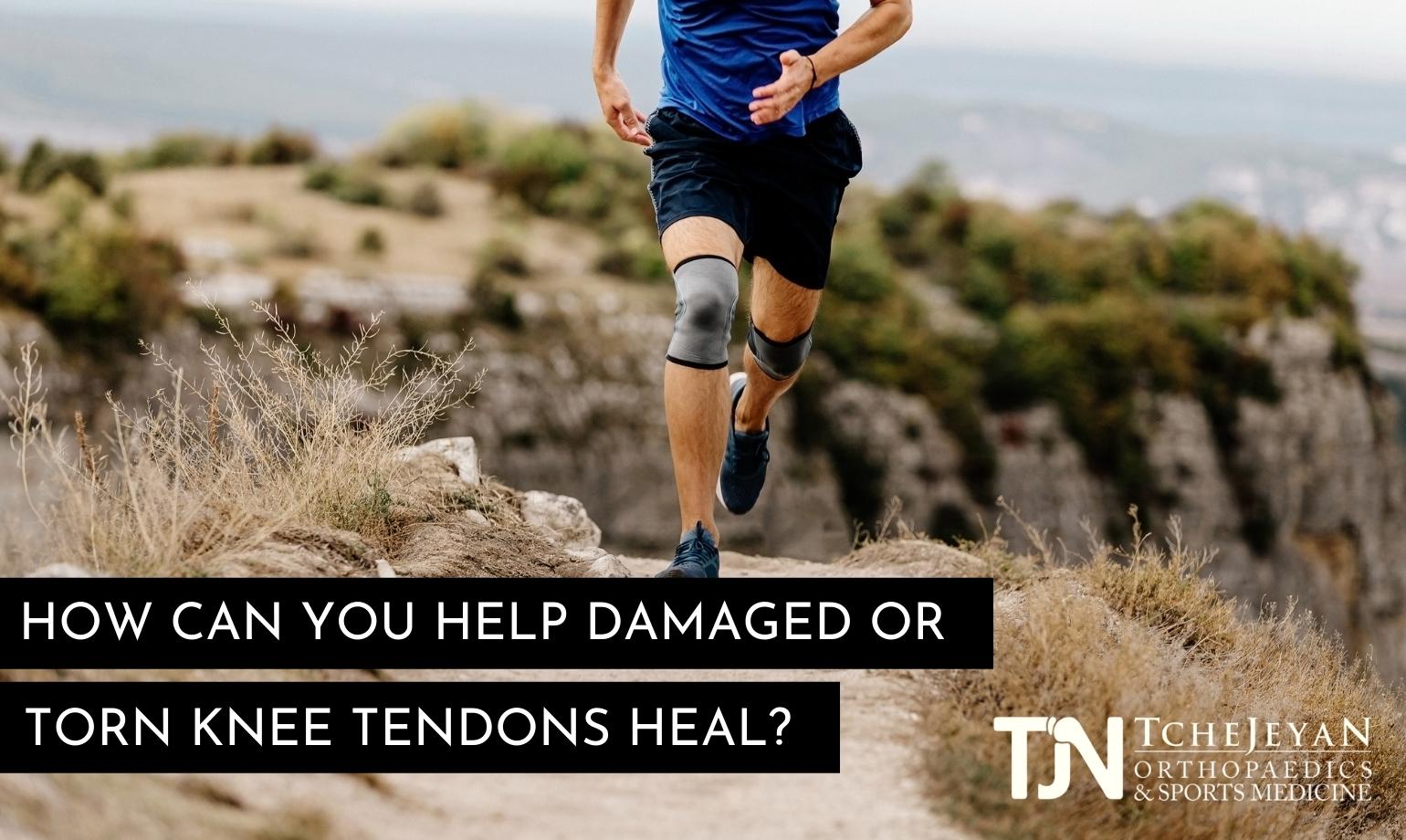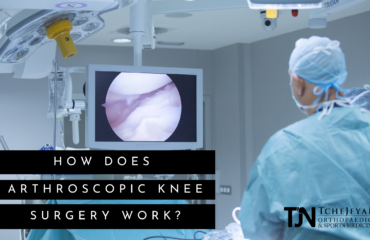A knee injury is often one of the most feared sports injuries for two reasons. First, it is because almost no athletic activity can be undertaken when you have a knee injury. Not only does that mean you can’t play while you are hurt, but you are bound to lose some of your tone while the knee is healing. Second, knee injuries can sometimes cause damage that permanently affects your strength and mobility. You depend on your knees for quickness, speed, and agility in whatever sport you play, and a bad knee is sure to impede your overall performance.
Consequently, if you get a knee injury, don’t ignore it. The first thing you need to do is to get your problem properly diagnosed. Only when you know exactly what the damage is can you start to rehabilitate your knee. While a serious tendon injury can require surgery, a less serious tendon injury can repair itself if you give it the proper attention. You need to get your knee back in top condition in order to stay at the top of your game.
Of course, the best thing to do for the tendons in your knees is to take measures to prevent injury in the first place. But some of the prevention techniques can also help an injured tendon to heal.
Stretching Exercises for Knee Tendons
Tendons are thick, fibrous tissues that connect muscle to bone, as contrasted with ligaments, which connect bone to bone. Tendons are tough but flexible, and very strong. Putting too much stress on a tendon, however, especially without proper stretching before and after your workout, is one of the main contributors to knee tendon injuries. That’s why it’s important to start by establishing a stretching routine to aid the recovery process and prevent additional injury.
Stretching will help you to restore the demands and pressure you can put on the knee by building strength and helping the area to become more flexible. Your hips, hamstrings, and calves can also put pressure on the knee tendon when they are tense, which means that the knee is going to take the brunt of the pressure. Strengthening and stretching all of your leg muscles and the tendons in your other leg joints will help take stress off the knee tendon and give the knee a chance to heal.
Healthy Self-Care Habits
As with any injury, it’s important to practice regular self-care habits so your body can function at its best. This means making sure to get lots of sleep, drink enough water, and eat a healthy diet. As with most minor injuries, one of the standard practices is to implement the RICE remedy: rest, ice, compression and elevation. You may also want to take over-the-counter pain and/or anti-inflammatory medication as needed.
Strengthening Exercises
In addition to stretching your muscles and joints, it’s wise to also work on strengthening all of the muscles that surround your knee. When you strengthen the muscles in your leg and use your muscles to provide support, you can take some of the pressure off of your knee joint, which carries a bigger portion of the support load when the muscles are weak. However, it is important to remember to ease into exercise after you are injured. Go slowly and build strength incrementally, always being careful not to reinjure yourself. Your best option is to work with a physical therapist, who will suggest specific exercises designed to rehabilitate your knee.
A Supportive Brace or Crutches
Because you use your knees whenever you move, it is often difficult to make sure that you are giving your knees enough resting time to heal. So when you are not doing rehabilitative exercises and stretches, one thing you can do to ease the pressure on your knee is to use crutches whenever you need to get around. This is particularly important if putting weight on the joint is painful. Alternatively, you can wear a good knee brace, which will provide support to the joint, as well as protect the knee by preventing you from moving in a way that stresses the injured tendon. Your knee does hard work day after day by supporting most of your body weight. Speed up the recovery process and get yourself back to normal activities by taking care of your knee. This means engaging in the proper forms of movement and exercise and getting adequate rest. For helpful information on how to speed up the recovery process, or if you need to treat a more serious knee injury, contact our professionals today at Tchejeyan Orthopaedics and Sports Medicine.




